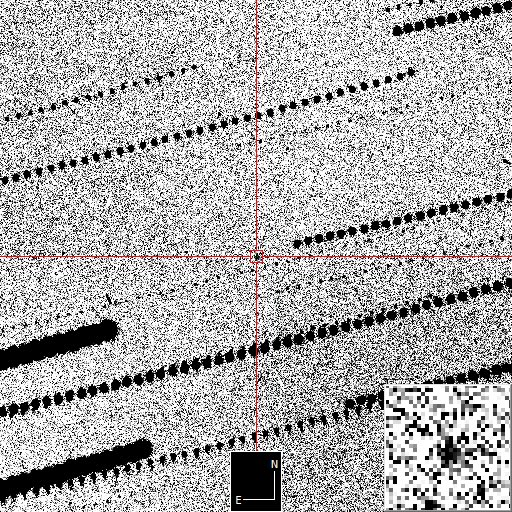
A small asteroid zoomed past Earth closer than most satellites last week — and astronomers didn’t notice it until hours later.
Measuring an estimated 3.3 to 9.8 feet wide (1 to 3 meters), the asteroid posed no serious threat to Earth, ESA added, and likely would have burned up as a bright fireball had it reached Earth’s atmosphere. However, even small asteroids can cause big problems for spacecraft — and this one happened to whip by at around the same altitude where the International Space Station usually orbits. Fortunately, no spacecraft were in the space rock’s path.
Space agencies like NASA and ESA track thousands of known near-Earth objects, carefully monitoring which ones pose the greatest risk of colliding with Earth. (Currently, no known objects pose a significant threat to our planet for at least 100 years). For an asteroid to be considered “potentially hazardous,” it must measure at least 460 feet (140 m) in diameter, and follow an orbit that comes within 4.65 million miles (7.48 million km) of Earth — or roughly 20 times the average distance between Earth and the moon. Asteroid 2025 TF falls far short of that size threshold, which may also explain why it evaded detection until after it had passed.
Astronomers at ESA’s Planetary Defence Office observed the asteroid shortly after it was discovered, ESA officials reported. NASA, which has paused all public communications during the ongoing U.S. government shutdown, did not make any announcements about the asteroid — however, an entry for the asteroid has been updated on NASA’s Center for Near-Earth Object Studies website. The tiny space rock is not expected to fly by our planet again until April of 2087, according to NASA.
Earth may have dodged a “fireball” with this near-miss asteroid encounter, but skywatchers can expect more fiery lights this week. The Draconid meteor shower peaks on Wednesday (Oct. 8) — and while the display of shooting stars will be somewhat dampened by the light of the full Harvest Moon, the appearance of bright fireball meteors is possible. No asteroids play a part in this annual sky show; the Draconids come from icy debris left by the comet 21P/Giacobini-Zinner, which blazes through the inner solar system every 6.5 years.
Source link
.jpg?w=3800&h=2000)
